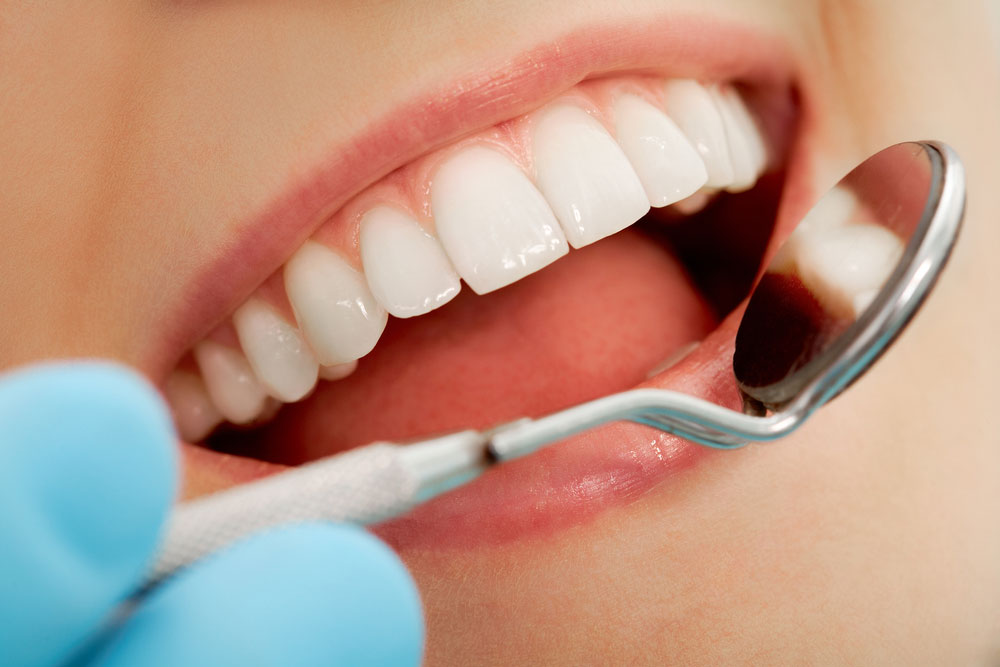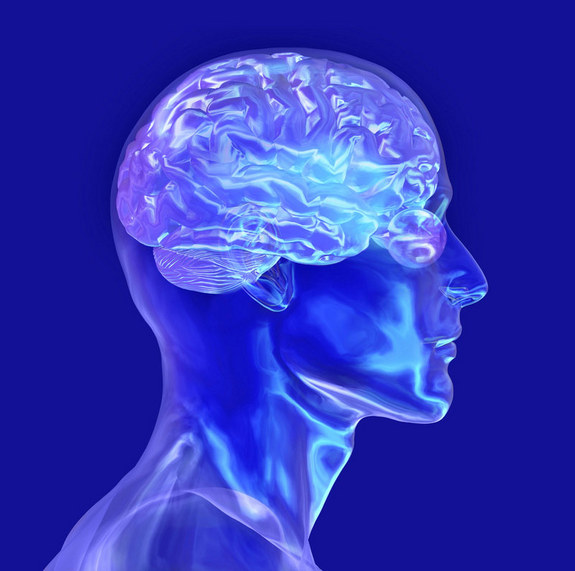5 Health Risks of Being a Redhead
Introduction

About 1 to 2 percent of the human population has red hair.
Redheads have genes to thank for their tresses. Research shows red hair usually results from a mutation in a gene called MC1R, which codes for the melanocortin-1 receptor. The pigment found in redhair that makes it red is called pheomelanin.
But redheads as a group have more in common than only their hair color -- certain health conditions appear to be more common among people with red hair.
Here are five health risks linked with being a redhead.
More sensitive to pain

Redheads appear to be more sensitive to pain, and less sensitive to the kinds of local anesthesia used as the dentists, research recent suggests.
A 2004 study found that redheads required significantly more anesthetic in order to block pain from an unpleasant electric stimulation.
Another study found that redheads are more sensitive to sensations of cold and hot, and that the dental anesthetic lidocaine is less effective for redheads.
Get the world’s most fascinating discoveries delivered straight to your inbox.
The MC!R gene that can cause red hair codes for a receptor that is related to a family of receptors involved in perceiving pain, which may explain why mutations in MC1R would increase pain perception.
Because of their increased pain sensitivity and reduced tolerance to anesthesia, redheads may avoid the dentist. A 2009 study found that redheads were more anxious about dental visits, had more fear that they would experience pain during a visit, and were more than twice as likely to avoid dental care than those without the MC1R gene. [See What Really Scares People: Top 10 Phobias]
Increased Parkinson's risk

A 2009 study of more than 130,000 people who were followed for 16 years found that those with lighter hair colors were at increased risk for Parkinson's disease compared to those with black hair.
Redheads had the highest risk — they were nearly twice as likely to develop Parkinson's, compared to people with black hair.
Skin cancer risk

Redheads often have fair skin, a trait known to increase skin cancer risk. In addition, the particular genetic mutation that leads to red hair may further boost the risk of skin cancer, recent research suggests.
A new study finds thatmutations in the MC1R gene — which cause red hair, fair skin and poor tanning ability — also set up skin cells for an increased risk of cancer upon exposure to ultraviolet (UV) radiation.
The mutation prevents MC1R from properly binding to a gene called PTEN, which helps protect against cellular changes that promote cancer. As a result, after exposure to UV rays, PTEN is destroyed at a higher rate, and growth of pigment producing cells (called melanocytes) is accelerated as it is in cancer, the researchers said.
Because the study was conducted on mice and cells in a lab dish, more research is needed to see if the same mechanism occurs in people.
Endometriosis risk

Some women with red hair may be at increased risk for endometriosis, a condition in which tissue from the uterus grows outside the uterus, often resulting in pain.
A 2006 study of more than 90,000 women ages 25 to 42 found that those who had red hair and were fertile were 30 percent more likely to develop endometriosis compared to women with any other hair color.
However, redheads who were infertile had a reduce risk of endometriosis compared to those of any other hair color.
Birthmarks

A 2012 study found children with rare birthmarks called Congenital Melanocytic Naevi were more likely to have the MC1R mutation that causes red hair than children without the birthmarks.
Congenital Melanocytic Naevi are brown or black birthmarks that can cover up to 80 percent of the body. About 1 in 20,000 children have large or multiple CMN.
Study researcher Dr. Veronica Kinsler, of Great Ormond Street Hospital in London, said: "If you have red hair in your family, these findings should not worry you, as changes in the red hair gene are common, but large CMN are very rare. So the changes do not cause the CMN to happen, but just increase the risk."

Rachael is a Live Science contributor, and was a former channel editor and senior writer for Live Science between 2010 and 2022. She has a master's degree in journalism from New York University's Science, Health and Environmental Reporting Program. She also holds a B.S. in molecular biology and an M.S. in biology from the University of California, San Diego. Her work has appeared in Scienceline, The Washington Post and Scientific American.


